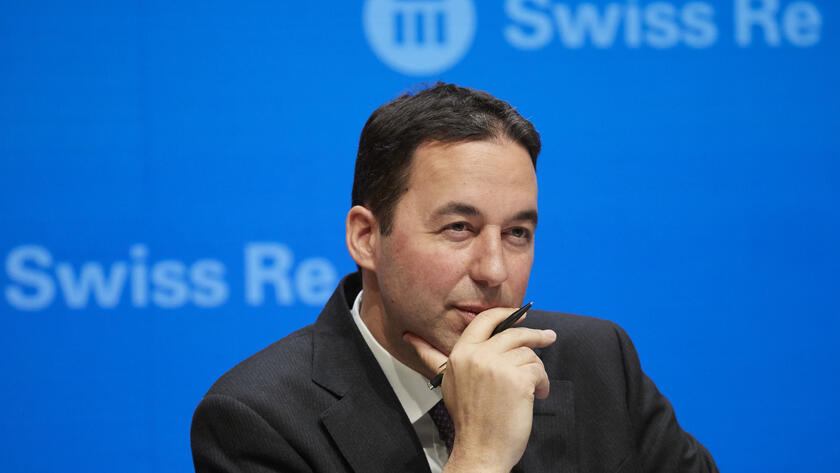Third-party litigation funding, or TPLF, has become a booming business onto its own.
An estimated $17 billion was invested into litigation funding globally in the year 2020, with the U.S. taking more than half of it. In return, these hedge funds, family offices and other litigation funding companies receive a cut of the potential jury awards.
This behavior, according to recent findings from Swiss Re, is likely driving up social inflation, as well as insurance premiums, liability availability and more.
“We find TPLF contributes to social inflation by incentivizing litigants to initiate and prolong lawsuits. Higher claims costs drive up insurance premiums, can reduce availability of liability cover, and lead to higher uninsured legal liability risks for U.S. businesses,” the report reads.
Here’s a closer look at Swiss Re’s findings in its December 2021 “U.S. Litigation Funding and Social Inflation” report.
By the Numbers
- The U.S. makes up more than half the world’s TPLF market, accounting for 52% of global activity.
- Legal verdicts have grown in size, reaching larger and larger awards each year. The median size of large awards rose by 26% for general liability cases between 2010 and 2019.
- TPLF has shown to skew legal costs in commercial liability cases. In 2016, a plaintiff’s legal costs made up 26% of total costs. Now it’s at 38% due to TPLF investors’ share.
- Conning, a U.S. insurance asset manager, estimated the average combined ratio for U.S. general liability in 2020 at 105.7% and for medical malpractice at 117.5%.
- TPLF investments for 2021 primarily went into mass tort litigation (38%), commercial litigation (37%) and personal injury (25%).
What Is TPLF, Exactly?
At its core, third-party litigation funding is where companies help aid in the costs of litigation. It can be broken down, though, into two main categories: commercial litigation funding and consumer legal funding.
Commercial litigation funding involves large scale lawsuits like class actions or multidistrict litigation. Here, hedge funds or family offices offer a high price to plaintiffs in exchange for a piece of the jury award.
In consumer legal funding, these entities fund individuals with cash advances that pay for living expenses during a claim’s pursuit. Typically, these have to deal with personal injury cases.
“Traditional lenders such as banks typically do not fund litigation as they do not accept legal assets as collateral. TPLF is varied and can take equity-or debt-like forms,” the report explained.
Swiss Re also reported commercial litigation and mass torts tend to be the primary area of interest for funders, likely due to the payout amounts associated with these types of legal action.
Reaching $17 billion in 2021, the TPLF market is projected to grow quickly, averaging an 8.7% compound annual growth rate between 202o and 2028, according to the market research firm Research Nester. That could equal $31 billion by 2028.
Who Are the Key Players?
The U.S., by and large, is the biggest player in the TPLF market, utilizing 52% of that $17 billion price tag. Australia follows at 8%. The UK (7%) takes third and Germany (4%) fourth.
As for the dedicated funders, they tend to be specialty financial companies that specialize in litigation finance. These funders “are structured as investment funds, with fund managers raising capital from individual and institutional investors,” Swiss Re noted.
“Many funders operate internationally, and the domicile of a fund does not necessarily coincide with the geographies in which cases are
funded.”
There are also multi-strategy funders, which are made up of diversified investors such as hedge funds that have a dedicated litigation finance group. Then there are the ad hoc funders, which have no dedicated litigation finance group but have a risk appetite for funding and look for opportunities that will suit their needs.
Swiss Re further reported, “Companies are also growing to accept legal funding as a tool to monetize legal claims and manage legal risk. Legal assets create accounting issues for corporations. Money spent on litigation is not capitalized but immediately expensed, reducing operating profits.”
What Does This Mean for Social Inflation?
Because of the nature of TPLF, legal claims are becoming larger in scale. That, Swiss Re concluded, is driving up social inflation.
“Social inflation is strongly visible in the U.S. through a rise in nuclear verdicts (outsized awards for non-economic damages). This has mirrored the growth in the use of litigation finance over the past decade. There has been a consequent escalation in U.S. liability insurance claims concentrated on large verdicts and (large) commercial defendants.”
The average size for for general liability jury awards over $1 million rose from $8.2 million in 2010 to $10.3 million in 2019. The industry seeing the highest percentage jumps in verdict amounts is trucking, where the average size of claims increased by nearly 1000% from 2010 to 2018, a $2.3 million to $22.3 million increase, according to the American Transportation Research Institute.
TPLF is also associated with longer cases. The report found that a typical civil case in the U.S. took 28.6 months on average while a TPLF personal injury case can last anywhere from 36 to 43 months. The longer the case takes to settle, the more expensive it can become.
“Paying attorneys is not the only expense of litigation: expert witnesses, court costs, travel and lost time from work all add up considerably,” Swiss Re noted.
What Can Be Done?
Currently, the legal landscape surrounding TPLF isn’t regulated. Swiss Re opines that disclosure of funding can go a long way in starting to handle the increased price tag of this practice.
Currently, U.S. lawmakers are working toward this transparency, even reintroducing in March 2021 the Litigation Funding Transparency Act, which would require plaintiffs to disclose third-party funding. No decision on this Act has been reached yet.
Companies looking for more concrete methods to mitigate the risk of TPLF can look toward legal expense insurance as a solution. This is designed to cover some or all costs associated with litigation brought against the insured, as well as action that the insured pursues against a third party.








